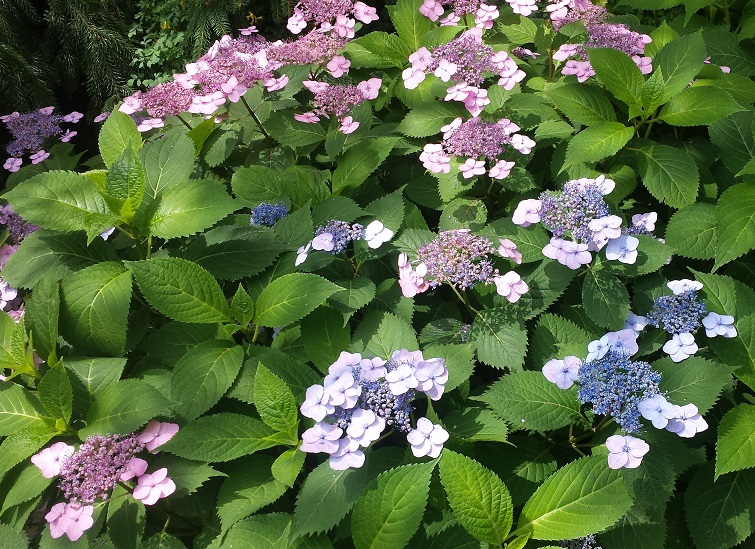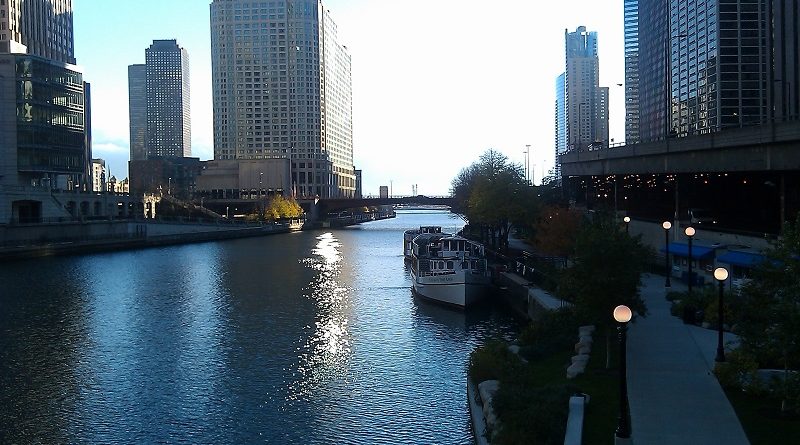How To Save Your Favorite River
Podcast: Play in new window | Download (Duration: 1:42:18 — 47.2MB)
Subscribe: Apple Podcasts | Spotify | Android | iHeartRadio | Podchaser | Email | TuneIn | RSS | More
(May 5, 2019) If you want to know how to save your favorite river, listen to the second hour of today’s show. Whether it’s the Chicago River or the Hudson River or the Middle Fork of the Vermilion River in central Illinois, we have some ideas. Let’s start in Sweet Home Chicago, where the Chicago River doesn’t have a reputation for being particularly sweet.
That’s why Chicago River Day is important. Here are some statistics.
- The first Chicago River Day was held in 1992. About two dozen people gathered at Linne Woods on the North Branch of the Chicago River in Morton Grove.
- More than 60,000 volunteers have worked cleaning trash on Chicago River Day since 1992. In 2019, about 2,000 volunteers are expected to work at 70 locations in the city and suburbs across the Chicago River system.
- Trash removed over the years includes automobiles, household appliances, shopping carts, tires and other car parts, and bowling balls. Typical items removed include wrappers, plastic bags, disposable packaging and bottles.
- The Chicago River System has 156 miles of shoreline, starting as far north as Park City, near Waukegan.
- The system is home to mammals such as mink, beavers, coyotes, red fox, river otters, and white-tailed deer. Birds include kingfishers, black crowned night and great blue herons, several species of ducks including many migrants,and osprey. Reptiles include American toads, blue-spotted salamanders, painted turtles and snapping turtles. Over70 species offish have been found in the river including bluegill, largemouth bass, channel catfish and pumpkinseed sunfish.
The event happens next Saturday, May 11, from 9:00 a.m. to 12:00 p.m. at more than 60 locations. Click here to register at one of those sites.
Margaret Frisbie, Executive Director of Friends of the Chicago River, joins us this morning to talk about next week’s event. Time permitting, we will also discuss a study called “The Blue/Green Corridor: Establishing the Intersection Between Economic Growth and Environmental Design.” Friends of the Chicago River says it
shows that a nature-based, holistic approach to development along the system would generate $192 million in total economic benefits annually over a 15-year timespan. Commissioned by Friends and produced by the University of Wisconsin-Whitewater’s Fiscal and Economic Research Center, the study concludes there would be a $1.77 return for every $1 spent in a blue/green corridor effort.
We also hope to discuss the proposed Wild Mile Chicago. It will be a floating eco-park located on the North Branch Canal of the Chicago River, a manmade channel along the east side of Goose Island between Chicago Ave and North Ave. Wild Mile Chicago was first conceived as part of the North Branch Framework Plan.
But that’s just one river. On May 3, the 100th anniversary of legendary folk musician Pete Seeger’s birth was celebrated. I recently became aware that he played a large role in saving New York State’s Hudson River. starting in the 1960s. To tell that story, we welcome “Chicago’s official troubadour,” Mark Dvorak, who visited us last year.
He is again joined by Stephanie Schrodt, director of Music & Pot Lucks, an organization dedicated to nourishing the community by presenting cultural programs in support of agencies serving neighbors who navigate through challenging times. Also with them is Betsy Backes, a co-founder of Music & Potlucks.
This time, they will tell us about Music & Potlucks presents: 100th Birthday Celebration of Pete Seeger with Mark Dvorak and the Power of Song Singers . The event is Friday, May 10 at Dominican University Performing Arts Center, 7900 Division Street, River Forest, Illinois 60305. Tickets are $20 ($10 with a valid student ID).
Success with hydrangeas (really!)
Before we get to saving rivers, we stop to smell the hydrangeas. And learn how to care for them. One of the things I’ve discovered in more than 20 years of doing this stuff is that you get lots of questions about hydrangeas. Here’s how it often plays out.
 Audience member: “Why doesn’t my hydrangea bloom?”
Audience member: “Why doesn’t my hydrangea bloom?”
Me: “What kind of hydrangea do you have?”
Audience member: “Uh…I don’t know.”
Me: “That might have something to do with your problem.”
And now, here comes a new book to the rescue! It’s called Success with Hydrangeas: A Gardener’s Guide, by Lorraine Ballato. Lorraine is a Connecticut garden writer, photographer and educator, who teaches at the New York Botanical Garden and in the Connecticut Master Gardener Program as well as for the Federated Garden Clubs of Connecticut.
Oh, yes, she’s also passionate about hydrangeas. And she’s written a book that has, frankly, a brilliant premise. You ready? Basically, there are only five kinds of hydrangea. You have one of those five in your yard. Once you know which type you have, the rest is easy.
Boom, done (to steal a phrase).
Yes, there are a few other things to keep in mind, but once you know which kind of hydrangea(s) you’re growing, you’re home free. Here are the five:
- Hydrangea macrophylla, aka Hortensia, Mophead or Lacecap. This group also includes Hydrangea serrata, or Mountain hydrangea.
- Hydrangea quercifolia, aka Oakleaf.
- Hydrangea petiolaris, aka Climbing.
- Hydrangea arborescens, aka Smooth or Woodland.
- Hydrangea paniculata, aka Panicle or Pee Gee.
After reading the book I realized that I have four out of the five categories in my own yard. I guess I knew that in the back of my head, but I hadn’t really put it together.
Anyway, we start today’s show with Lorraine Ballato and your hydrangea questions at 877-711-5611 or on Facebook or Twitter or Instagram.
Biologicals for your farm or garden
If you’re a regular listener to The Mike Nowak Show with Peggy Malecki, you might have noticed a relative new sponsor on our program. Blazing Star Nursery “provides educational, restoration and design service and sells biological soil amendments & foliar fertilizers from Tainio Biologicals for natural agriculture, including organic.”

Tainio Biologicals, Inc. has been improving soils for more than 30 years. Their “products can be used on all types of crops and soils to augment microbial activity, which improves soil and plant health, and overall crop production.”
In 1990, Caron and Steve Wenzel began Blazing Star as a nursery to grow out and keep alive native seed and plants rescued from a developer’s bulldozer in suburban Chicago. As they grew, they saw that they were committed to soil health. And they realized that their agricultural and gardening products must first do no harm.
Today, they are working with both farmers and gardeners, and are a distributor for the Tainio line, including products for organic farming, conventional farming, and backyard gardeners.
Caron and Steve join us in the studio today to talk about their journey.

